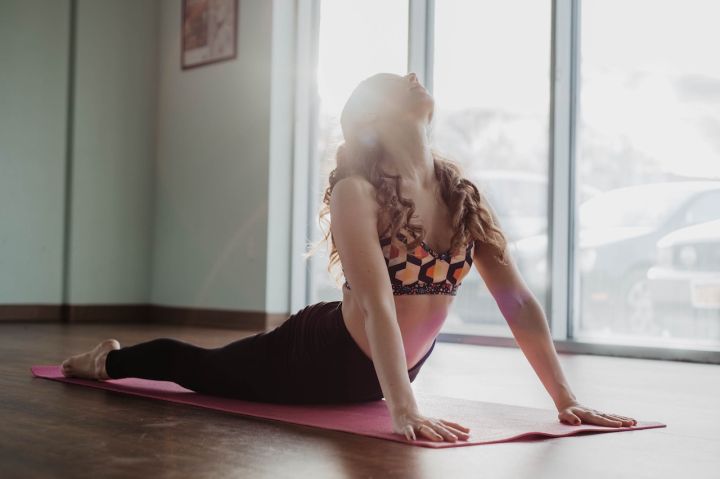Today we talk about bandha

What are bandhas
In sanskrit, the word bandha means 'lock' or 'seal'. Yogis use certain muscles to form these seals to prevent prana from escaping the body. If practised correctly, they can also help to stabilise your core during asana practice and keep you safe from injury.

You should have seen advanced practitioners traversing back and forth in vinyasas and even being able to hover in the air for a short while while falling? That's what banda does too! Through practice, as you learn to connect with your core at its deepest level, they will make your movements lighter.

Energetically, the practice of bandhas allows the kundalini energy to rise through the central energy channel (sushumna) to the higher chakras. In the more advanced pranayama and meditation exercises, we will use the three bandha together to create an 'updraft' deep within the vibrant body, effectively drawing kundalini energy to the top of the head.

Although the focus in ashtanga vinyasa is always on the breath, when the bandhas are correctly combined, the breath is fuller and deeper. Again, the breath is part of the bandha!

The three main types of bandha.
Mula bandha : Prevents energy from flowing/escaping down through the base of the torso.
Uddiyana bandha: Generates an internal upward "Flow" Of energy.
Jalandhara bandha: Used in the respiratory tract and in meditation to prevent the pressure in the head from rising when holding the breath.

How and when to use bandhas
In ashtanga yoga, bandhas are used not only in asana but also in pranayama and advanced meditation practices. However, i find it easiest to establish the foundation first in the asana practice.

Mula bandha
At the end of the exhalation, allow your pelvic floor muscles to become active as if you had stopped urinating. You do not need to tighten them, just lift gently to solve the problem. As you practice, the movements will become more subtle, eventually shifting from vigorous muscle contractions to more powerful lifts.

The pelvic floor is actually made up of many different muscles which form the shape of the hammock. As you deepen your practice, you will be able to isolate these muscles more proficiently!

Uddiyana bandha
Open the root lock. You may begin to feel the uddiyana bandha itself taking place. As you activate the pelvic floor, you will naturally create some engagement in the lower abdomen. Can you feel it? If you cannot feel it immediately, try bringing your awareness below your belly button and then gently pull the muscles back towards your spine.

The muscle you want to use is the lower part of the transverse abdominal muscle. Try not to suck in the whole abdomen as this may restrict the movement of the diaphragm (and therefore the breathing). As you practice the pose, the breath moves freely. This means that the upper abdomen will move with the breath and the diaphragm will move up and down.

At the beginning of your asana practice, take some time to build up your root lock and abdominal lock. Take 3 or 4 breaths and when you return to downward facing dog, re-establish your breath through the first of the 5 breaths.

Downward facing dog is a very good pose to practice them in as you will feel the effects more intensely than in mountain pose. Can you feel the pelvic depression as you gently pull back into uddiyana bandha in this position? It feels as if you have formed a small cave in the small of your back and your own little vacuum bag is gently evoking the energy of kundalini from the bottom of your pelvis towards the centre of your body.

Jalandhara bandha
This lock is only used during breathing and meditation, we do not hold our breath during the asana practice and therefore do not need to perform jalandhara bandha.

While sitting in meditation pose, you lift your chest, stretch your neck and then place your chin as low as possible on your sternum. You will then 'lock your throat', which means swallowing and keeping the throat muscles tight so that no air can enter or leave.

Jalandhara bandha is more difficult to master and is only used for breathing and meditation when holding your breath. However, in certain postures it can be good to prepare the muscles for throat lock. In the shoulderstand you will notice that your chest, chin and neck are naturally in that position. Slowly extending your time in shoulderstand will help prepare the neck muscles for jalandhara bandha.

Practice slowly! Keep your neck safe and comfortable and practice preferably under the guidance of an experienced teacher.

